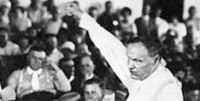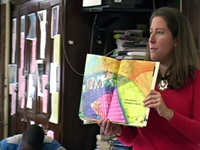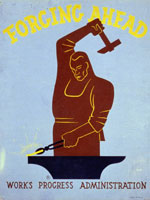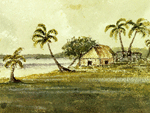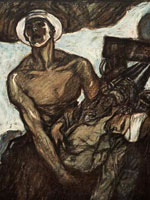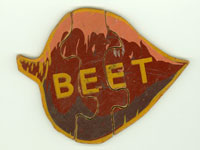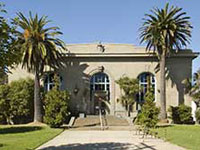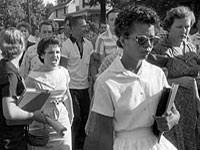In "A Sociocultural Perspective on Children’s Understanding of Historical Change: Comparative Findings From Northern Ireland and the United States," Keith Barton, a professor at Indiana University, looked at how children in different countries learn history, specifically the role played by narrative.
Barton observed that American students learn the "story" of American history, more often than not, as one of perpetual progress. In Northern Ireland, history is seen as relationships among social institutions over time, not a story about progress.
Barton wondered about the effects of such an approach. To that end he interviewed 121 students, ages 6–12, in four schools across Northern Ireland, asking how and why life had changed over time. Along with classroom observations and collecting data from history-related settings like museums, Barton’s interviews demonstrated how students in a non-American cultural context learn about history.
When he compared these to studies done in the United States, Barton found that American students portray historical change as straightforward, linear, and generally beneficial progress, while the Irish students saw history as either random and ambiguous, or cyclical. The American students studied tended to focus on accomplishments of historical figures, whereas students in Northern Ireland often discussed the role of societal and economic forces.
Narrative in American History
The "story" of history taught to American students frequently takes the form of a "quest-for-freedom" narrative in which life slowly but surely gets better for all Americans. This serves to unite a diverse society, such as is found in the U.S. By contrast, in Northern Ireland, where Protestants and Catholics remain divided, the narrative form creates the potential for opposing sides to take aim at each other. Consequently, in Northern Ireland, the primary emphasis in history is on societal relationships—relationships between different groups, as well as between people and institutions.
The "story" of history taught to American students frequently takes the form of a "quest-for-freedom" narrative in which life slowly but surely gets better for all Americans. This serves to unite a diverse society, such as is found in the U.S.
The Individual in American History
History classes in the United States also tend to focus more on the role of exceptional individuals in driving history forward. In this version of history prominent figures initiate a series of events which follow a causal chain to bring about significant change. For example, the American students learned that the civil rights movement was the product of Martin Luther King, Jr.’s genius rather than a broad range of social and institutional forces. In Northern Ireland, the students focused less on individuals and more on issues relating to social and economic structures. Barton suggests this may be because Americans are more comfortable dealing with individuals and their stories than with issues such as social class and prejudice. Conversely, there are few historical figures taught in Northern Ireland classrooms who don't represent a political position of one kind or another. Thus, while the Northern Irish are comfortable discussing social class, for instance, they have less experience examining the influence of particular individuals.
Progress in American History
Barton's study showed that narratives about American history are frequently positive stories about the triumph of progress: as time passes, technology improves, freedoms expand, and life gets better. In Northern Ireland, stories about progress are much less common. Time goes on and life changes, but they do so in unpredictable ways. Barton argues that while a focus on progress may be positive, giving students a feeling of shared identity and inspiring their belief that Americans can learn from their mistakes, relying solely on such a narrative doesn't acquaint students with the effects of societal forces on individual actions or the diversity that exists at any given time in history.
